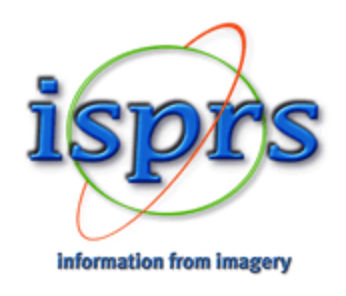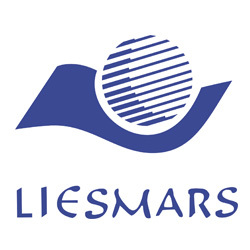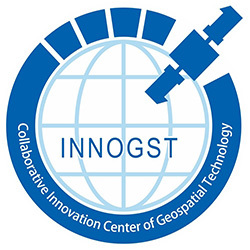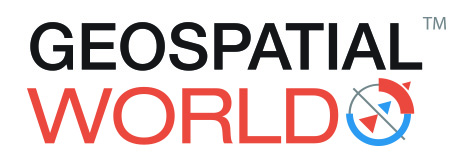Dr. Qing Zhu
Dr. Qing Zhu is a professor in virtual geographic environment at Southwest Jiaotong University, China.
Dr. Qing Zhu has many titles which are:
Director of professor committee of Faculty of Geosciences and Environmental Engineering, Southwest Jiaotong University
Professor of Cheung Kong Scholars
Professor of Cheung Kong Scholars
Leading Talents of National Administration of Surveying, Mapping and Geoinformation
Deputy Director of Surveying, Mapping and Geographic Information Science and Technology Commission of Sichuan Province
Vice Chairman of Sichuan Society of Surveying and Mapping and Geoinformation
Deputy Director of Sichuan Provincial Committee of Disaster Reduction Experts
Deputy Director of Sichuan Provincial Committee of Ecological Civilization Experts
Deputy Director of the first session of the experts committee for the Yangtze River Economic Atlas Geoinfomation Cooperative Innovation Alliance
Deputy Director of Advisory Committee of Experts for Sichuan Provincial Institute of Geoinformation Technovation
Deputy Secretary General of the Yangtze River Economic Atlas Geoinfomation Cooperative Innovation Alliance
He holds B.Sc. (1986) in railway aero surveying and M.Sc (1989) in railway engineering from Southwest Jiaotong University, and gained his doctoral degree (1995) in railway engineering at Northern Jiaotong University, China. He was a postdoctoral fellow from Wuhan University (1995-1997).
He worked as a teaching assistant in Southwest Jiaotong University from 1989 to 1992. He was a visiting researcher in Hong Kong Polytechnic University (1997.12-1998.06) and worked as an Associate Professor in Wuhan University (1997-1998). He went to the Chinese University of Hong Kong (2003.09-2004.03) and then Nanyang Technological University (2005.01-2005.03) as a visiting scholar. He worked as a professor in State Key Laboratory of Information Engineering in Surveying, Mapping and Remote Sensing, Wuhan University (1998-2013) and Faculty of Geosciences and Environmental Engineering, Southwest Jiaotong University (2013-now).
LOD Generation of Building Models from Oblique Photogrammetry
Qing Zhu
Accurate building reconstruction is an exciting area of research with several applications that benefit from the reconstructed 3D models, including digital mapping for mobile and smart devices, urban planning for developing future facilities, training and simulation for emergency management and civil protection, VR/AR for entertaining industries such as movie and video games. With the reinvention of the airborne penta-view oblique cameras, various systems have collected massive oblique images in city scale. And recent advances in structure from motion (SFM) and multi-view stereo (MVS) have powered several commercial solutions for the automatically generation of textured triangulated meshes from oblique images. This has again triggered attention of the community for accurate building reconstruction.
Despite the unprecedented automation of the triangulated meshes, the meshes are defect-laden and free of topological and semantical information, which violates the concept of “accurate”. In order to measure the accurateness, OGC has set the CityGML standard that defines five different Level-Of-Details (LOD) for buildings. And the reconstruction will not only be confined to geometrical modeling, but also enriched by topological relationships and semantical information, e.g. characterizing of a single building, roofs, facades and other attachments.
The speaker reviews the major features of aerial oblique camera systems and also addresses the differences with other techniques. In addition, off-the-shelf solutions and methods for producing large scale triangulated meshes are briefed. This presentation gives a special focus on the modeling of LOD1 through LOD3, which depicts the surface of a building in different details. Different automatic approaches on this topic are demonstrated and compared. Two categories of automatic methods are demonstrated, including: 1) Model-driven method that prescribes a series of primitives in the database and fits to the measured point clouds; 2) Data-driven method that detect primitives from the measurements and assemble primitives into a water-tight model, related topics on primitive detection, regularization and semantic segmentation are also described. Due to the limitations inherently in the data sources and performances of automatic methods, the interactive methods are also discussed with case studies.



































